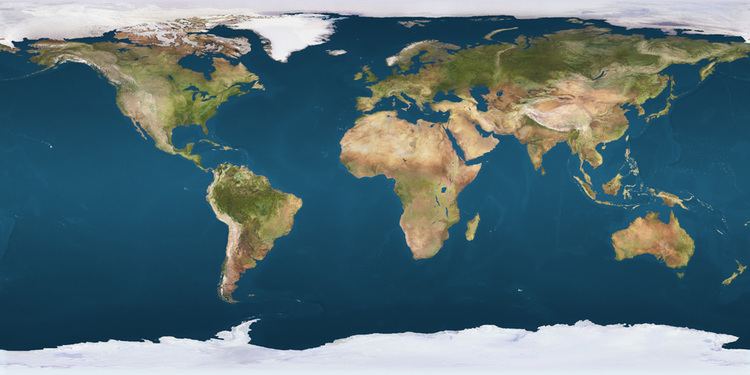Continent Antarctica Easiest route snow/ice climb | Elevation 2,717 m | |
 | ||
Similar Mühlig‑Hofmann Mountains, Gjelsvik Mountains, Jøkulkyrkja Mountain, Mawson Peak, Vinson Massif | ||
Borg Massif is a spectacular mountain massif, about 50 km (30 mi) long and with summits above 2,700 metres (8,900 ft), situated along the northwest side of the Penck Trough in Queen Maud Land, East Antarctica. The tallest peak, at 2,727 metres (8,947 ft), is Hogsaetet Mountain. The parallel, ice-filled Raudberg Valley and Frostlendet Valley trend northeastward through the massif, dividing its summits into three rough groups:
Contents
Map of Borg Massif, Antarctica
- Located at the northern end of the Borg Massif is the summit of Borg Mountain, a large, flattish, ice-topped mountain with many exposed rock cliffs.
- Located at the northeastern end of the Borg Massif is the summit of Ytstenut Peak. The name "Ytstenut" means "outermost peak" in the Norwegian language.
- Located at the southern end of the Borg Massif is the summit of Hogfonna Mountain. The name "Hogfonna" means "the high snowfield" in the Norwegian language.
Discovery and naming
The feature was photographed from the air by the Third German Antarctic Expedition (1938–1939), led by Captain Alfred Ritscher, but was not correctly shown on the maps by the expedition. It was mapped in detail by Norwegian cartographers from surveys and air photos by the Norwegian–British–Swedish Antarctic Expedition (1949–1952), led by John Schjelderup Giæver. It was remapped by air photos taken by the Sixth Norwegian Antarctic Expedition (1958–1959). They named it "Borgmassivet" (the castle massif) in association with Borg Mountain, its most prominent feature.
